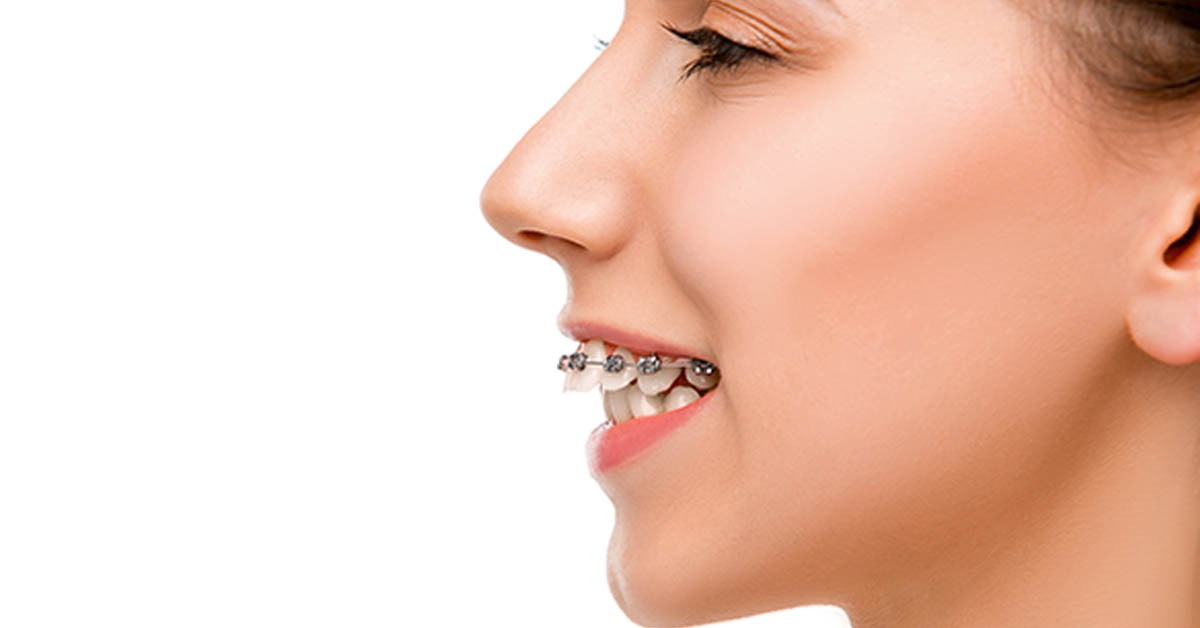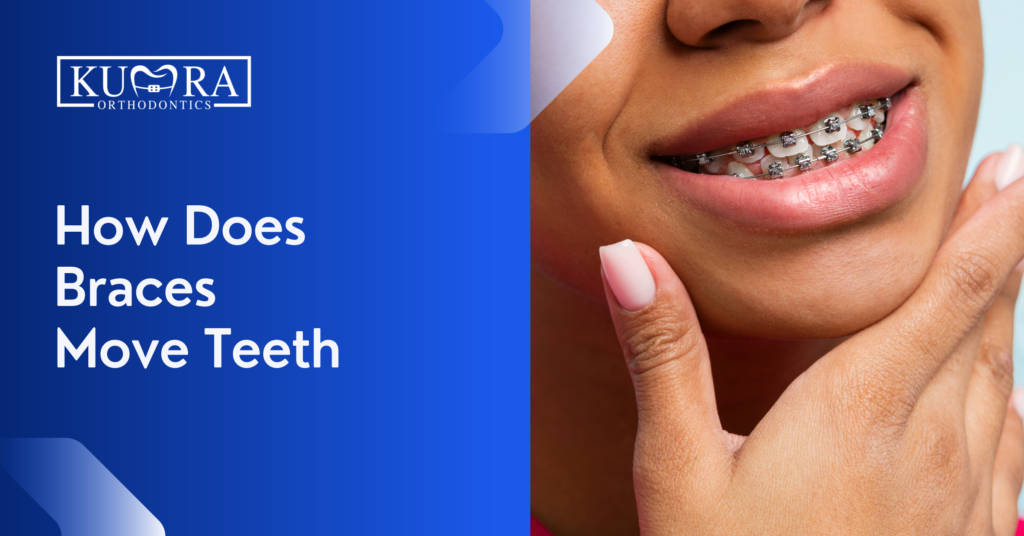Some Known Factual Statements About All Star Family Orthodontics
Some Known Factual Statements About All Star Family Orthodontics
Blog Article
What Does All Star Family Orthodontics Mean?
Table of ContentsAll Star Family Orthodontics Things To Know Before You Get ThisThe Only Guide to All Star Family OrthodonticsNot known Factual Statements About All Star Family Orthodontics The Best Strategy To Use For All Star Family OrthodonticsWhat Does All Star Family Orthodontics Do?

At Advanced Orthodontics, we give individuals with a holistic therapy experience. Additionally, we provide flexible therapy routines, flexible payment alternatives and a fun, satisfying experience - old bridge aligners. Call ( 480) 357-4900 today for even more details and schedule a consultation.
An orthodontist is a dental expert educated to diagnose, protect against, and treat teeth and jaw abnormalities. Orthodontists function with people of all ages, from children to adults.
Malocclusion, or misaligned teeth, can bring about oral concerns, consisting of tooth degeneration, gum condition, and difficult or agonizing chewing. Not everybody is birthed with straight teeth. If you have a bad bite or large rooms in between your teeth, you may want to get in touch with a dental practitioner concentrating on orthodontic care.
The Definitive Guide for All Star Family Orthodontics
(Photo Credit History: DigitalVision/Getty Images) Orthodontists utilize dealt with and detachable oral tools, like dental braces, retainers, and bands, to alter the placement of teeth in your mouth. Orthodontic treatment is for oral abnormalities, consisting of: Jagged teethBite problems, like an overbite or an underbiteCrowded teeth or teeth that are as well much apartJaw misalignmentThe goal of orthodontic treatment is to improve your bite.
A healthy and balanced bite ensures you can eat, eat, and speak appropriately. While you might consider orthodontists as primarily for youngsters or teens who need braces, they can deal with oral troubles at any age. Orthodontists go to university, oral school, and orthodontic school. After graduation, they invest 2 or 3 years in an orthodontic residency program.
All orthodontists are dental professionals, but not all dentists are orthodontists. Orthodontic residency programs provide intensive, concentrated guideline for dental specialists. They focus on 2 locations: Just how to correctly and safely move teeth How to effectively assist advancement in the teeth, jaw, and faceOnce an orthodontist has finished training, they have the alternative to come to be board accredited - https://sketchfab.com/allstarfamilyortho.
Some Ideas on All Star Family Orthodontics You Should Know
Imbalance, or malocclusion, is the most typical reason individuals see an orthodontist. It is genetic and is the outcome of size distinctions in between the upper and lower jaw or in between the jaw and teeth. Malocclusion brings about tooth overcrowding, an askew jaw, or irregular bite patterns. Malocclusion is normally treated with: Your orthodontist affixes metal, ceramic, or plastic square bonds to your teeth.
If you have only minor malocclusion, you might have the ability to use clear dental braces, called aligners, instead of typical dental braces. Some individuals require a headgear to help move teeth right into line with stress from outside the mouth. After dental braces or aligners, you'll need to use a retainer. A retainer is a custom tool that maintains your teeth in location.

You might need to see an orthodontist if you have: Crowding or not sufficient space for all of your teethOverbite, when your upper teeth come your base teethUnderbite, when your bottom teeth are as well much forwardSpacing or problems with gapsCrossbite, which is when your upper teeth fit behind your bottom teeth when your mouth is closedOpen bite or an upright space between your front base and top teethMisplaced midline, when the center of your bottom and upper teeth don't line up Fixing a dental malocclusion can: Make attacking, chewing, and talking easierImprove the symmetry of our face and your total appearanceEase pain from temporomandibular joint problemsSeparate your teeth and make them less complicated to clean up, assisting stop dental caries or cavities It's usually a dental reference practitioner that initially notices misaligned teeth during a regular exam.
Some Known Incorrect Statements About All Star Family Orthodontics
During your initial orthodontic consultation, you'll likely have: A dental examPhotos taken of your face and smileDental X-raysPanoramic (360 level) X-rays of your face and headImpressions to develop mold and mildews of your teethThese examinations will aid your orthodontist know just how to wage your treatment. An orthodontist is a dental practitioner who's had training to treat your teeth and jaw.
Orthodontists are dental practitioners however not all dental professionals are orthodontists. Orthodontists are focused on your bite, or the means your teeth fit with each other, and the straightness of your teeth.

By thoroughly reviewing these elements, the orthodontist can determine any imbalances, crowding, spacing problems, or jaw discrepancies. Once a clear picture is developed, the orthodontist will discuss personalized therapy options.
The Buzz on All Star Family Orthodontics
While braces are one of the most frequently identified orthodontic therapy, orthodontists have a diverse toolkit at their disposal. The particular approach picked depends upon the extent of the instance, the person's age, and private preferences. These tried-and-true braces use a system of brackets adhered to the teeth and linked by wires.
These detachable trays are personalized to considerably change the teeth's setting. In cases of slim jaws, palatal expanders can be used to develop space for appropriate tooth positioning.
Report this page